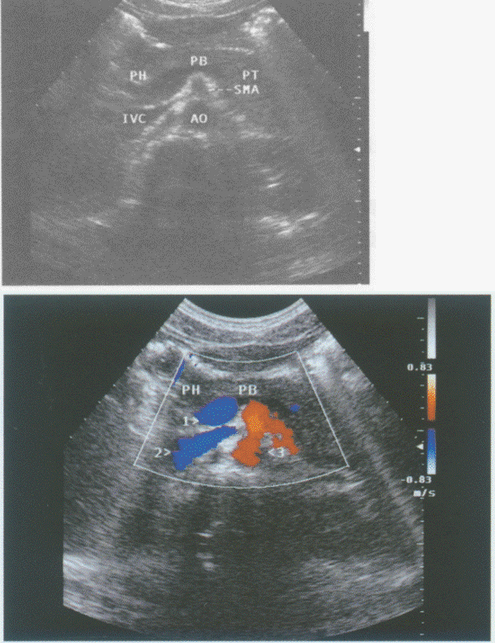问题
选择题
The position, however, _____ you are applying, is not quite a well-paid one.
A.that
B.which
C.for which
D.to which
答案
答案:C
题目分析:通过分析句子结构,可知这是个主从复合句,其中包含一个介词 + 关系代词引导的非限制性定语从句,that不能引导非限制性定语从句,故排除A,apply for 申请,请求,把介词置于关系代词之前,故选C。
点评:关系代词前介词的确定:1.依据定语从句中动词或形容词的某种习惯搭配来确定。2.依据与先行词搭配的具体意义而定。3.依据所表达的意思来确定。

